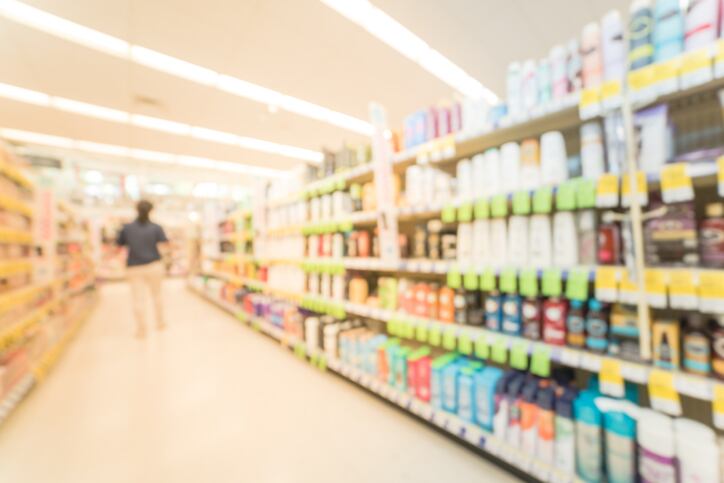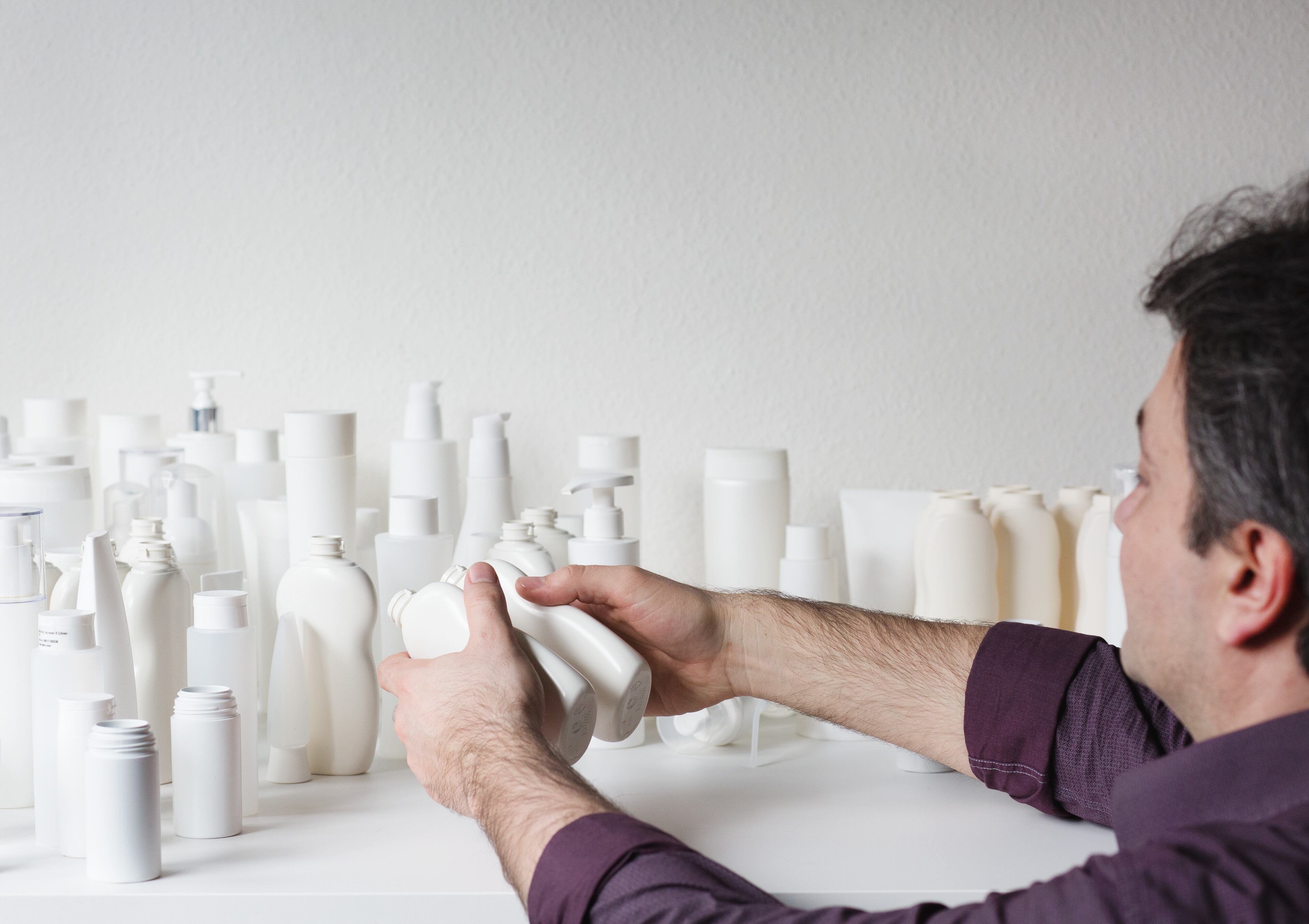Kantar Worldpanel recently conducted a 65,000-strong global survey, in collaboration with Europanel and GfK, on consumer opinion around plastic use in the fast-moving-consumer-goods (FMCG) category. Findings showed climate change topped global consumer concerns, followed by plastic waste. Western Europe was identified as the region with the highest number of consumers “consistently” working to reduce their plastic waste.
Industry response? ‘It’s really not cutting through…’
Natalie Babbage, global LinkQ director of the Kantar Worldpanel Division, said consumers in Western Europe also identified personal care and detergents as their “second-biggest source” of plastic waste – an important finding for industry.
“When you work in industry, you see small acts happening but it’s really not cutting through,” Babbage told CosmeticsDesign-Europe.
Some manufacturers and brands were clearly implementing changes to packaging, she said, but efforts remained niche, premium and largely from independent brands.
“To actually make a massive change in what consumers are buying, it really should be the bigger manufacturers. …The mass brands need to step up more,” Babbage said. “…They should be treating this as something as part of their core brand identity and it shouldn’t just be a niche launch at the top end of the range.”
Everyday beauty items like bath soap, toothbrushes and shampoo were key areas to consider, she said, given eco-friendly packaging would factor higher in a consumer’s purchase decision, compared to a category like skin care where functionality was likely more important.
‘You have to put it in their face a little bit’
Babbage said that beyond bringing products to market, direct communication with the consumer about environmental efforts was also paramount, preferably in-store.
While online communication remained key, she said most consumers engaged with a brand in store. Survey results, for example, identified major conglomerates like Starbucks, McDonald’s and large retailers as companies strong in environmental efforts, simply because of widescale initiatives on plastic straws and bags.
“Most of the communication brands are doing now is on their website, in a tab, and very few people are looking at it. If you want a lot of people to be buying products that are genuinely going to make a difference, you have to put it in their face a little bit and the shelf is a great place to do this.”
Babbage said Lush was one example of a beauty brand doing this, as its stores offered a very “tactile environment”. Importantly, it was one of the few beauty brands named by consumers in the survey as a company making a difference in plastic waste.
Germany and Austria a ‘good test bed’
Babbage said the survey also indicated companies should consider differences in environmental engagement across Western Europe for product launches and marketing.
“Germany and Austria have quite high percentages of Eco Actives [consumers consistently working to reduce their plastic waste]; these countries could therefore be a good test bed for innovation,” she said. “…In Eastern Europe, for example, there is more concern about air pollution, rather than the effects of plastic on marine animals (…) Something that could definitely be tweaked is how we put out the message.”




